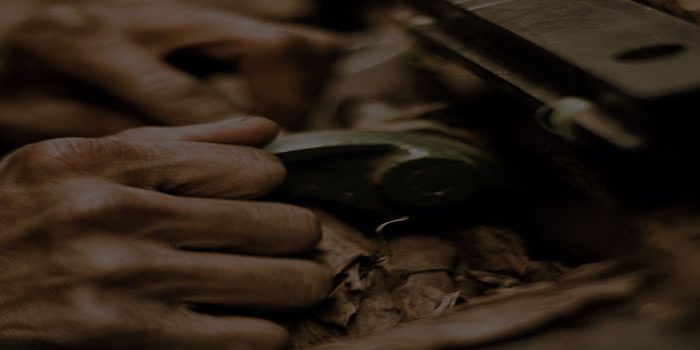Cigars are rolled by skilled craftsmen known as torcedores, who use a combination of techniques and tools to create the perfect cigar. The process of rolling a cigar requires a high level of skill and attention to detail, and it can take years for a torcedor to master the art.
The first step in the process of rolling a cigar is to select the tobacco leaves that will be used for the filler, binder, and wrapper. The tobacco leaves are carefully sorted and graded according to their size, color, and overall quality, and the best leaves are chosen for each part of the cigar.
Once the tobacco leaves have been selected, the torcedor begins the process of rolling the cigar. The wrapper leaves are carefully moistened to make them pliable, and they are then placed on a work surface. The filler and binder leaves are then placed on top of the wrapper, and they are carefully aligned to create a uniform shape.
The torcedor then uses a special tool called a chaveta to fold the wrapper over the filler and binder, creating the shape of the cigar. The cigar is then carefully rolled by hand to ensure that it is evenly shaped and tightly packed.
Once the cigar is rolled, it is placed in a mold to ensure that it maintains its shape. The cigar is then carefully inspected and inspected to ensure that it meets the highest standards of quality and consistency.
After the cigar has been inspected, it is placed in a special aging room where it will remain for several months to allow the flavors to develop and the cigar to reach its peak of perfection. Once it has been properly aged, the cigar is ready to be enjoyed by aficionados around the world.






